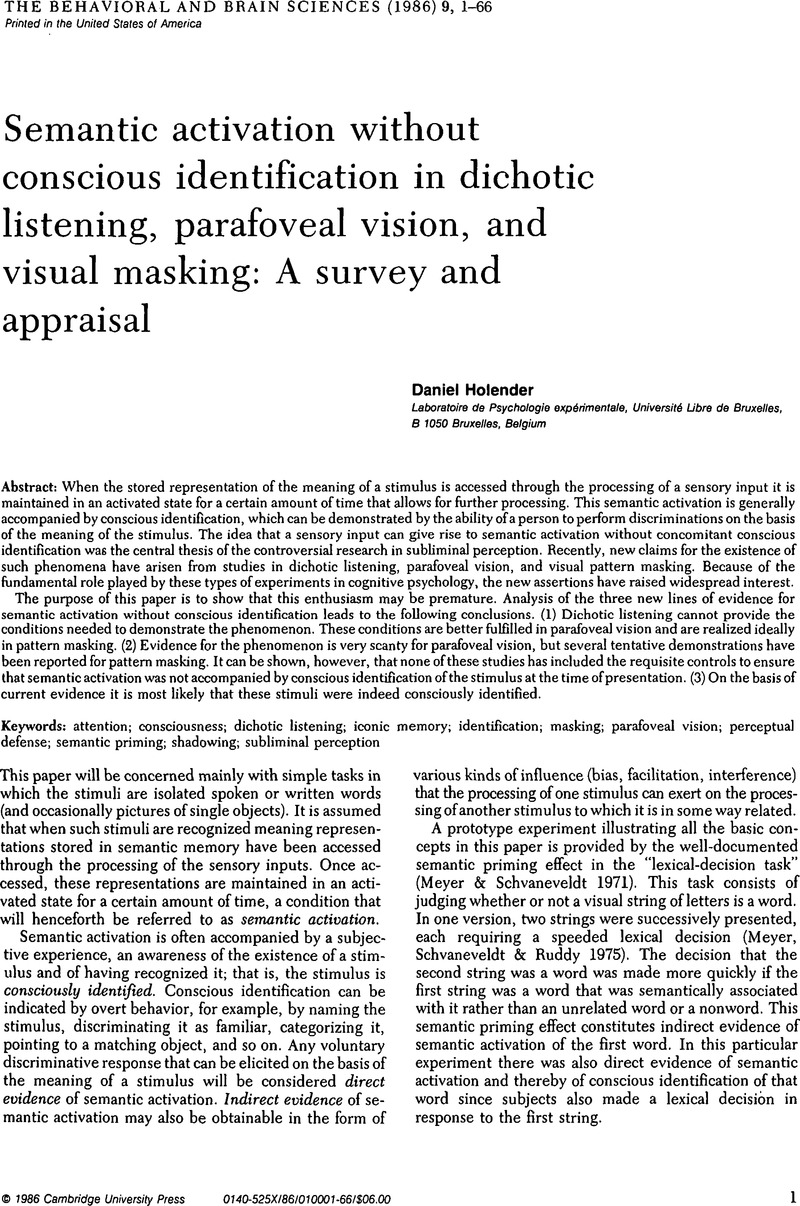Crossref Citations
This article has been cited by the following publications. This list is generated based on data provided by Crossref.
Kunimoto, Craig
Miller, Jeff
and
Pashler, Harold
2001.
Confidence and Accuracy of Near-Threshold Discrimination Responses.
Consciousness and Cognition,
Vol. 10,
Issue. 3,
p.
294.



